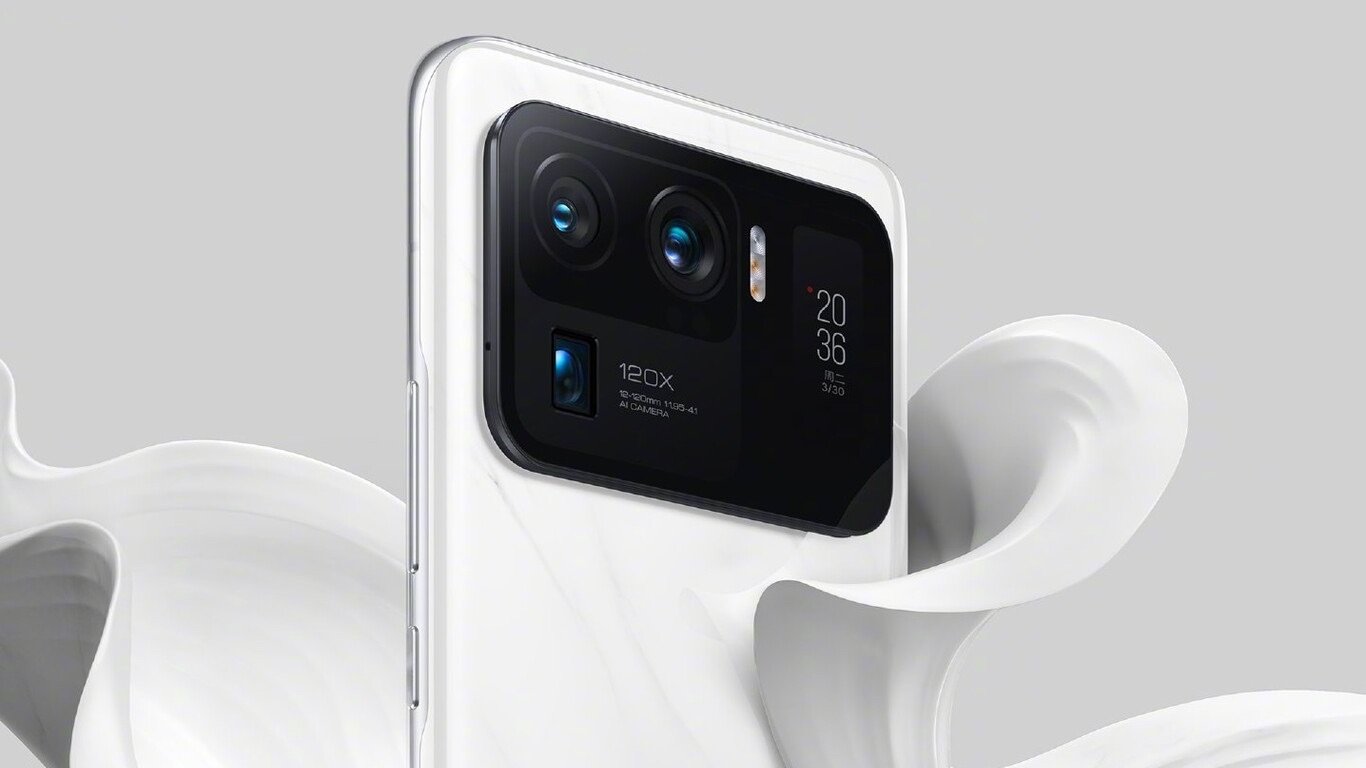The Chinese giant Xiaomi definitely does not want to be left behind compared to the competitors. While last week it attracted attention OnePlus 9, this time it’s Xiaomi’s turn to warm up in the spotlight. The Mi 11 Ultra continues the Mi 10 Ultra legacy and focuses primarily on the camera.
However, this does not mean that the changes took place only at the camera. The Xiaomi Mi 11 Ultra has the power to give away, there is no lack of support 5G, water and dust resistant, premium display or secondary display on the back directly in the camera module. Xiaomi Mi 11 Ultra definitely has something to offer, so let’s take a closer look at it.
Asphalt tearing performance
The hardware parameters are top notch, but we probably wouldn’t expect anything else. The curved AMOLED display has a size of 6.81 ″, a resolution of 1,440 x 3,200 pixels (515 ppi), a brightness of up to 1,700 nits, a refresh rate of 120 Hz, TrueColor certification with a DCI-P3 gamut, Dolby Vision, HDR10 + and Gorilla Glass Victus protection.

The processor was supplied by Qualcomm, specifically model Snapdragon 888. It is complemented by Adreno 660 graphics, X60 5G modem, 12 GB LPDDR5 RAM and 256 GB internal UFS 3.1 memory. Other equipment includes Bluetooth 5.2, Wi-Fi 6, USB-C, NFC, infrared port, fingerprint reader in the display and unlocking with a face.
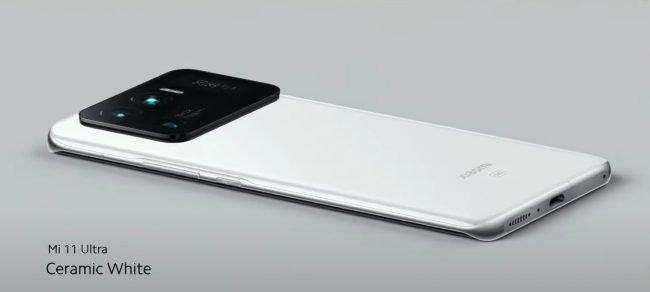
All this is enclosed in a waterproof body with IP68 certification with dimensions of 164.3 mm x 74.6 mm x 8.38 mm and a weight of 234 grams. The Xiaomi Mi 11 Ultra also features stereo speakers tuned by Harman Kardon and Hi-Res audio certified.
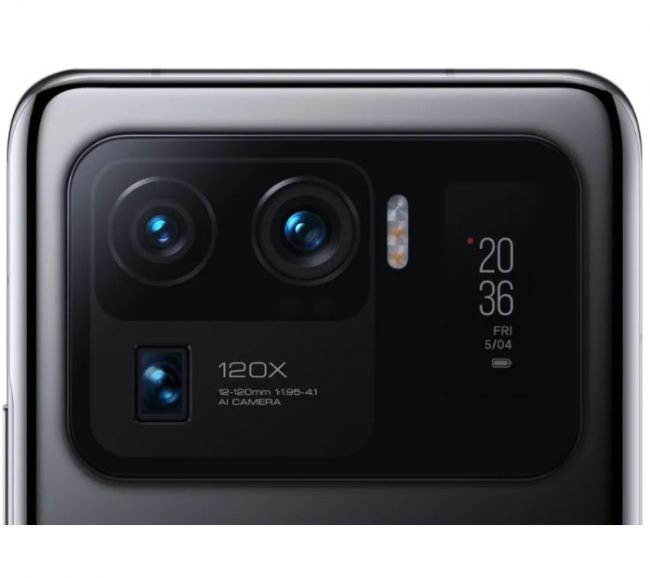
The operability is taken care of by a 5000mAh battery with support for fast 67W charging (applies to both wired and wireless charging) and 10W reverse charging. The operating system is a matter of course Android 11 with MIUI superstructure 12.
Three cameras and a display
The trio of cameras on the back in the case of the Xiaomi Mi 11 Ultra definitely makes sense. The main sensor has a resolution of 50 Mpx, sensor size 1 / 1.12 ″, pixel size 1.4 μm, aperture f / 1.95, optical image stabilization, dToF laser focusing or video recording up to 8K resolution at 24 frames per second. All three cameras support recording in this resolution.
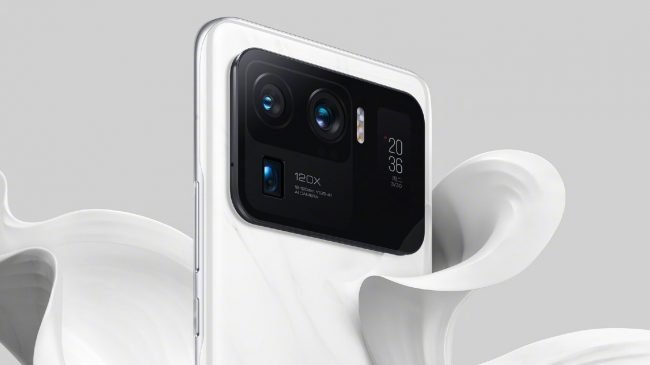
The second camera is a 48Mpx wide with 128 ° range, f / 2.2 aperture, 0.8μm pixel size, 1 / 2.0 ”sensor, PDAF and support for macro shots. The third sensor is a 48Mpx telephoto lens with 5x optical, 10x hybrid and 120x digital zoom, 1 / 2.0 ”sensor, 0.8 μm pixels, f / 4.1 aperture, PDAF and optical image stabilization. The front selfie camera has 20 Mpx and an aperture of f / 2.2 with fixed focus.
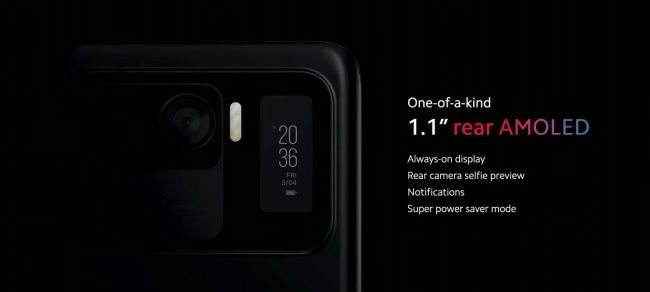
An unusual feature is the 1.1 ”AMOLED display in the camera module on the back. It has a resolution of 126 x 294 pixels, brightness of 450 nits and supports always-on, display of notifications or a preview of the scene if you want to take a selfie with the main camera.
